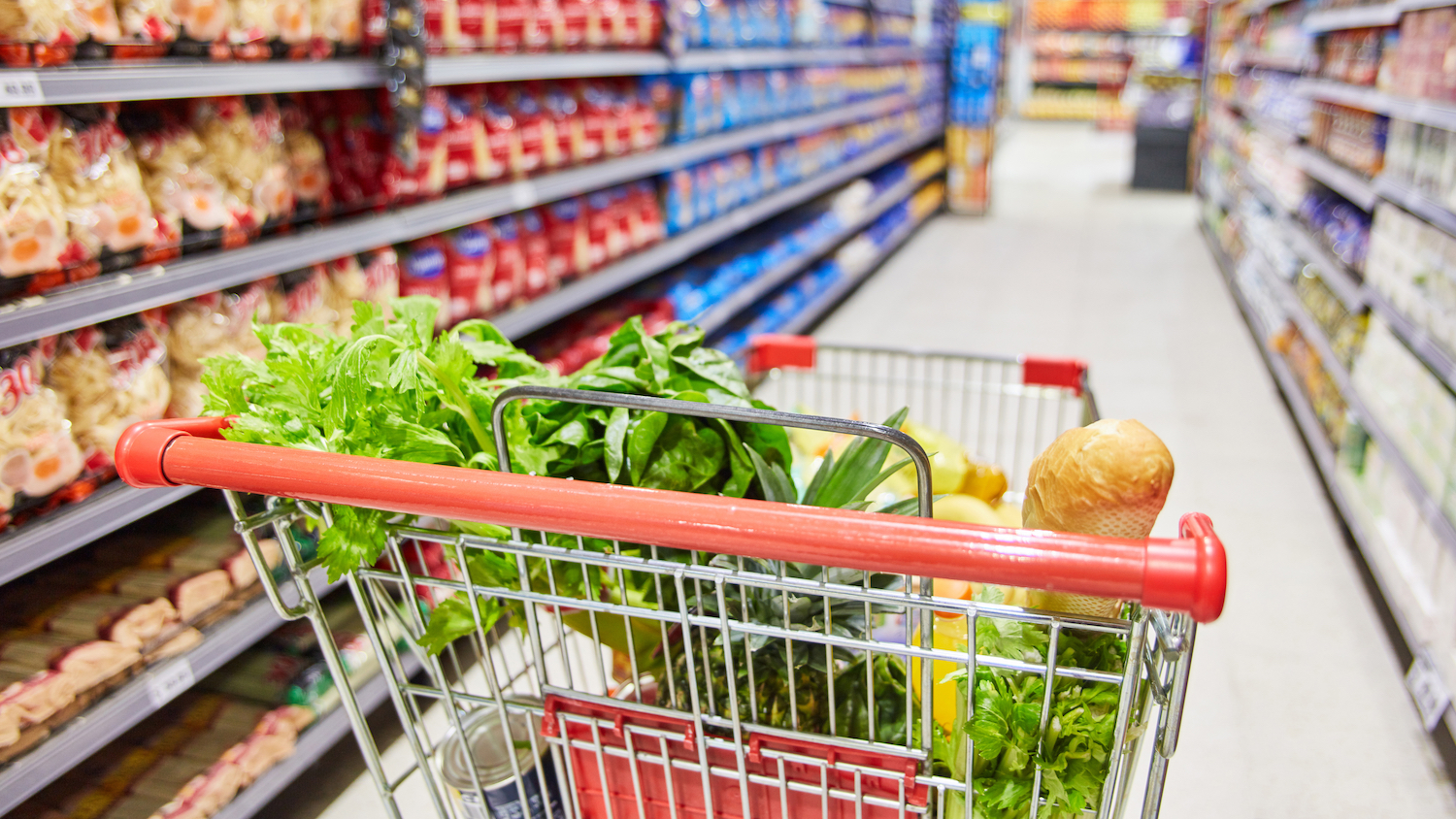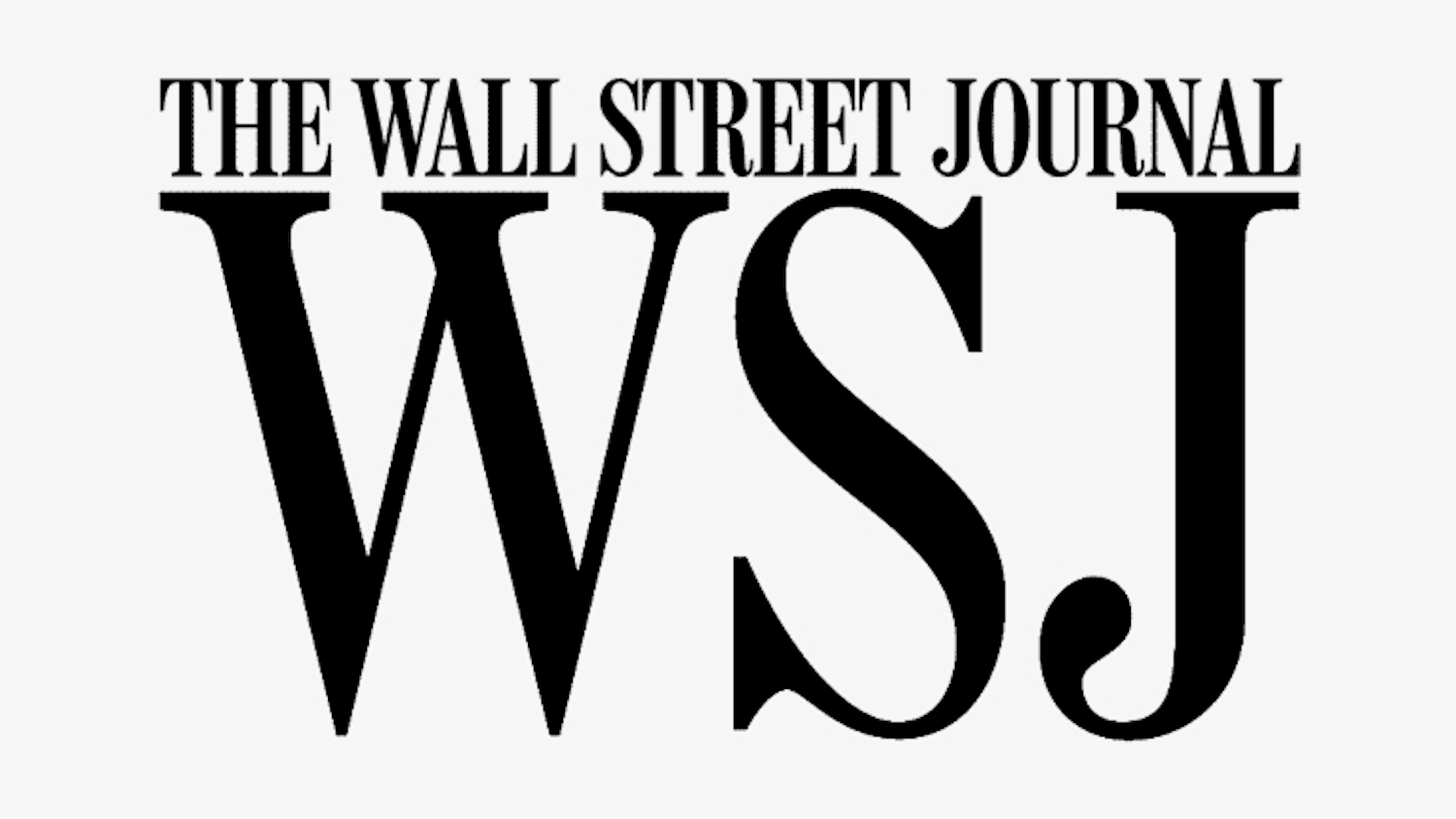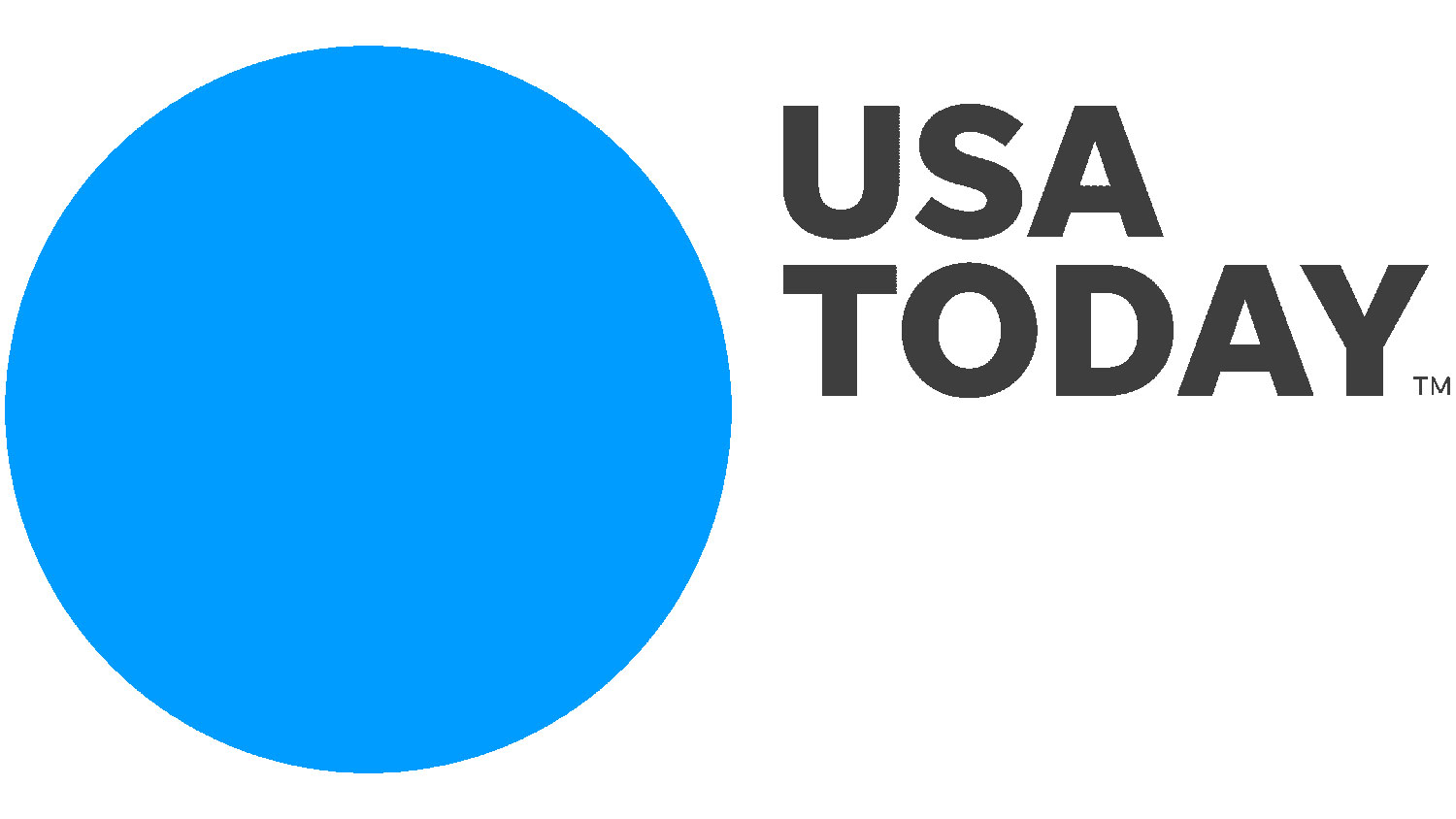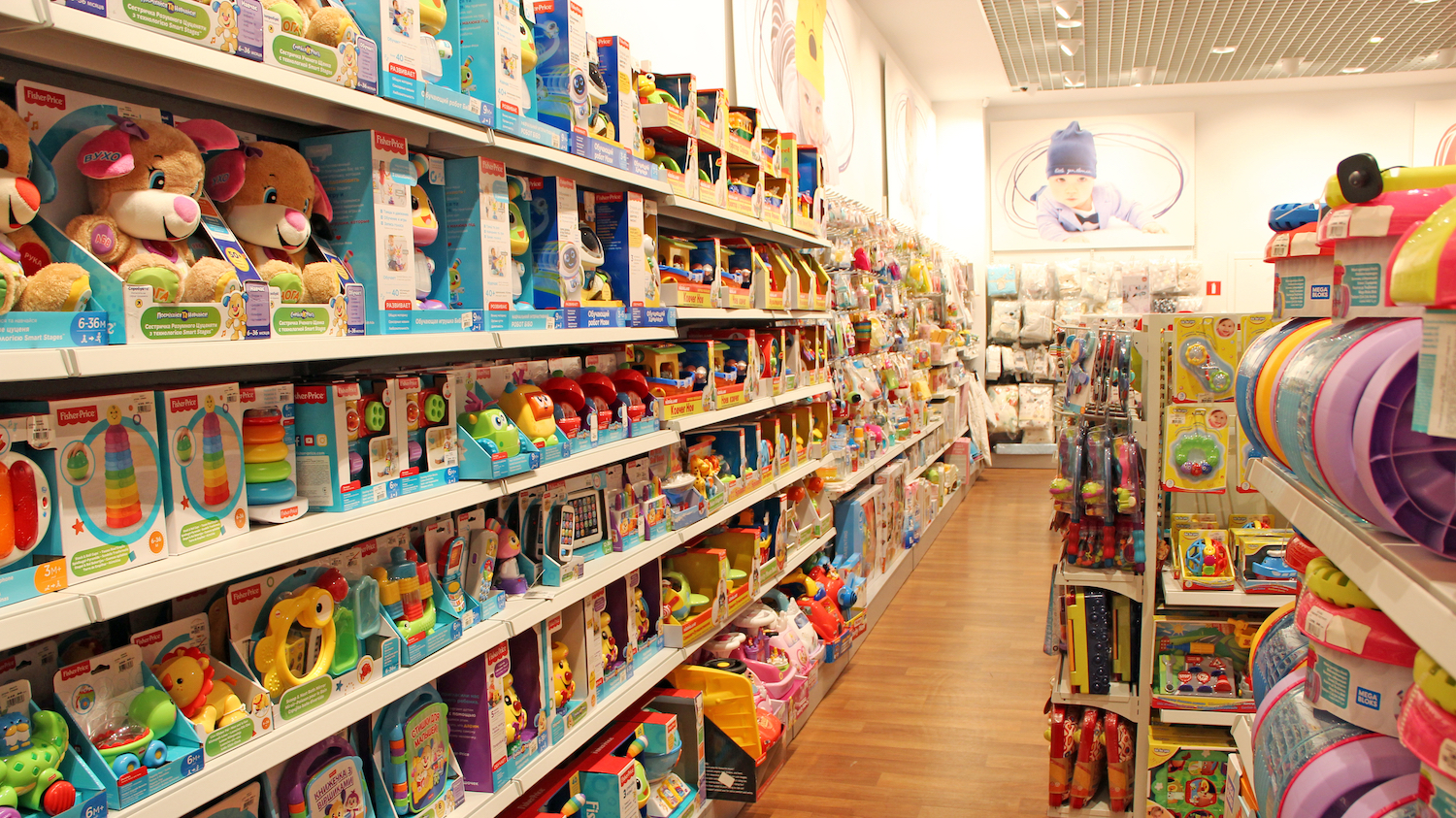Are Food Retailers Price Gouging?
Poole College supply chain scholar Rob Handfield looks to federal government data for answers.

For the last two or three years, consumers in the United States have felt the pinch of inflation. At the gas pump, the grocery story, and pretty much everywhere that people buy, prices have risen.
That’s led to a lot of speculation about what’s causing that inflation, and corporate price gouging is one potential cause that’s gotten attention from, among others, Democratic presidential nominee and Vice President Kamala Harris.
Inflation is complex, and it’s the result of a web of inputs. You can never point to one policy or act or person as the cause of inflation. But since price gouging has been the subject of so much speculation, let’s dig into it.
Two years ago, I wrote a series of blog posts with Jason Miller, associate professor of supply chain management at Michigan State University, about whether food companies and grocery stores have excessively raised prices as inflation has increased. He recently updated that research in a series of LinkedIn posts, and I’ll draw from that work to answer some key questions about what’s caused the rise in food prices.
Food prices have definitely made a significant jump in the last two years. In 2022 and 2023, American households spent 11.2 percent of their income on food, according to the U.S. Department of Agriculture. That’s the highest share since the early 1990s.
To assess whether food price gouging is occurring (and whether it’s driving inflation), you have to answer two questions: Are the costs of making, transporting, and selling food rising as fast as the cost to consumers? And are companies in the food industry making a bigger profit?
Comparing Food Industry Input and Output Costs
The chart below plots the change in input prices for food and beverage stores, excluding labor and capital, and compares them to the prices paid by consumers. Input price data is from the Bureau of Labor Statistics’ Producer Price Indexes, and the consumer price data comes from the Bureau of Economic Analysis’ Implicit Price Deflator for Food & Beverage Stores.
Note that, for the first half of 2024, there’s a near-perfect 1:1 relationship between the two series, indicating that output prices have risen at the same pace of input prices. This is entirely consistent with cost pass-through, not price gouging.
In other words, this data suggests that food and beverage stores are passing their own rising costs on to consumers—not raising prices excessively.
But what about profits?
So are grocery retailers and food producers ‘ margins increasing as food prices have gone up?
To answer that question, we’ll look at the Census Bureau’s Annual Retail Trade Survey (ARTS), which shows how much profit a retailer makes per unit sold. The two tables below show the gross margin rates for warehouse clubs and superstores (like Walmart or Costco) and grocery stores, respectively:
That half-point increase for grocery stories isn’t clear-cut evidence that they’re profiting excessively in this moment of inflation. To show why, let’s think through how a grocer makes a 27-percent margin on a package of chicken breast. If the grocer paid $10 for the package in pre-inflationary 2019, they’d need to charge $13.70 to make a 27% margin on it.
In 2022, inflation raises the grocer’s cost for those chicken breasts to $12.50. To cover that cost increase and maintain a 27-percent margin, the grocer would have to raise the price by $4.62. So while the grocer’s net margin ($4.62) appears to have increased, the net margin is still the same: 27 percent. Retailers don’t always pass their costs on to consumers on a 1:1 basis.
Taken together, these data do not support the suggestion that grocery retailers and food producers are engaging in price gouging. Although consumers certainly have suffered as a result of price increases, the normal effects of supply and demand, input commodity prices, and supply chain shortages are the real culprit. And the federal government can’t do much about those factors.
Editor’s note: This story was adapted from a longer piece by Handfield, who is the Bank of America University Distinguished Professor of Supply Chain Management and executive director of the Supply Chain Resource Cooperative. Read the original full article.
- Categories:


